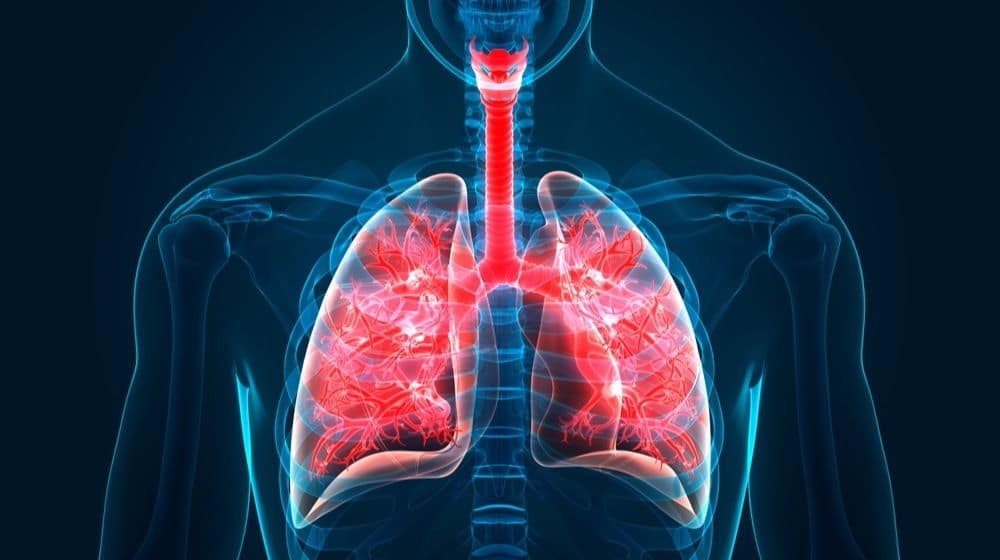In a recent development, scientists have come across a new type of cell hiding within the delicate, branching passageways of human lungs. According to the research, these newly found cells play a key role in the proper functioning of the respiratory system and could even stimulate new treatments to reverse the consequences of certain smoking-related diseases.
These cells, known as respiratory airway secretory (RAS) cells, are found in tiny, branching passages known as bronchioles, which are tipped with alveoli, the teensy air sacs that exchange oxygen and carbon dioxide with the bloodstream. The new RAS cells are much like stem cells that are capable of repairing damaged alveoli cells and transforming them into new ones.
Researchers found the RAS cells after getting frustrated by the constraints caused by relying on the lungs of mice as models for the human respiratory system. However, due to certain dissimilarities between the two, scientists have struggled to fill some knowledge gaps about the human lungs. To get a closer look and establish a comprehensive understanding of these differences on a cellular level, the team took lung tissue samples from healthy human donors and studied the genes within individual cells, which exposed the hidden RAS cells.
Additionally, the team also identified RAS cells in ferrets, whose respiratory systems are more similar to humans as compared to those of mice. Following this, the researchers now suspect that most mammals equal or larger in size are likely to have RAS cells in their lungs.
The researchers believe that RAS cells may play a vital role in eradicating diseases caused by smoking, such as chronic obstructive pulmonary disease (COPD), which is a result of inflammation of airway passages inside the lungs. It can be caused by smoking and air pollution, according to the Mayo Clinic. The inflammation of the airways makes it difficult for the lungs to properly inhale the required amount of oxygen; as a result, COPD has similar symptoms to asthma. COPD can also lead to emphysema, in which alveoli are permanently destroyed, and chronic bronchitis, which is a long-lasting and intense cough accompanied by excess phlegm. More than 3 million people around the globe die from COPD, annually, according to a report by the World Health Organization.
In theory, researchers believe that RAS cells could be used to prevent, or at least reduce, the damage caused by COPD.





















